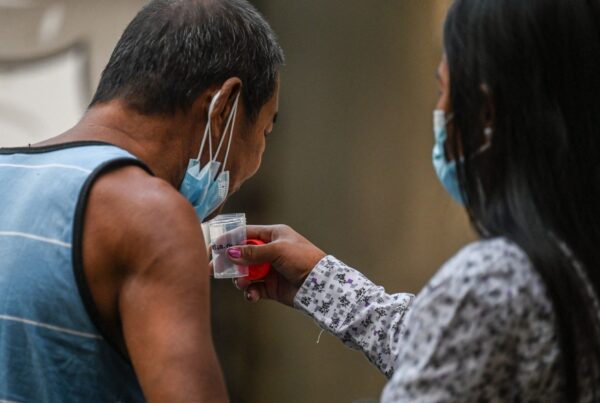The art of social distancing involves carefully balancing health priorities with the need to maintain social and emotional well-being. When implemented effectively, social distancing can reduce the spread of infectious diseases without unnecessarily isolating people. Here’s how to approach it thoughtfully and responsibly:
1. Understand the Purpose
Social distancing is aimed at:
- Reducing close contact between individuals to limit the transmission of infectious diseases.
- Flattening the curve of infection to avoid overwhelming healthcare systems.
- Protecting vulnerable populations like the elderly and those with underlying health conditions.
2. Adjust Social Interactions
- Limit Gatherings: Avoid large public gatherings, events, or crowded places.
- Maintain Physical Distance: Keep at least 6 feet (about 2 meters) of distance from others in public spaces.
- Modify Greetings: Replace handshakes, hugs, or kisses with non-contact gestures, such as waves or nods.
3. Adapt Daily Activities
- Work: Encourage remote work or staggered shifts to minimize workplace crowding.
- Education: Transition to online classes or hybrid learning models for schools and universities.
- Shopping:
- Shop during off-peak hours.
- Opt for delivery or curbside pickup when possible.
- Transportation: Avoid crowded public transit; use private or alternative means when feasible.
4. Support Mental and Social Well-Being
- Stay Connected Virtually:
- Use video calls, chats, or social media to maintain relationships.
- Participate in online group activities or virtual events.
- Balance Isolation: Spend time with household members or form a small “social bubble” with a limited group of trusted individuals.
- Engage in Outdoor Activities: Meet in open-air environments where the risk of transmission is lower, maintaining physical distance.
5. Encourage Community Compliance
- Lead by Example: Practice and promote social distancing in a positive, non-confrontational manner.
- Educate Others: Share reliable information about why and how to practice social distancing effectively.
- Foster Empathy: Recognize that not everyone may find distancing easy due to personal or socioeconomic challenges.
6. Tailor Practices Based on Risk Levels
- High-Risk Phases: Implement strict measures such as staying home, closing non-essential businesses, and banning gatherings.
- Low-Risk Phases: Gradually relax measures, allowing small gatherings and reopening businesses with guidelines in place.
7. Combine with Other Preventive Measures
- Wear masks when physical distancing isn’t possible.
- Practice good hand hygiene and respiratory etiquette.
- Stay home if you feel unwell or exhibit symptoms of illness.
8. Recognize the Role of Social Responsibility
Social distancing isn’t just about protecting yourself; it’s a collective effort to safeguard the community, especially the most vulnerable. When approached with compassion and mindfulness, social distancing can be an effective and socially conscious tool for managing health crises.




